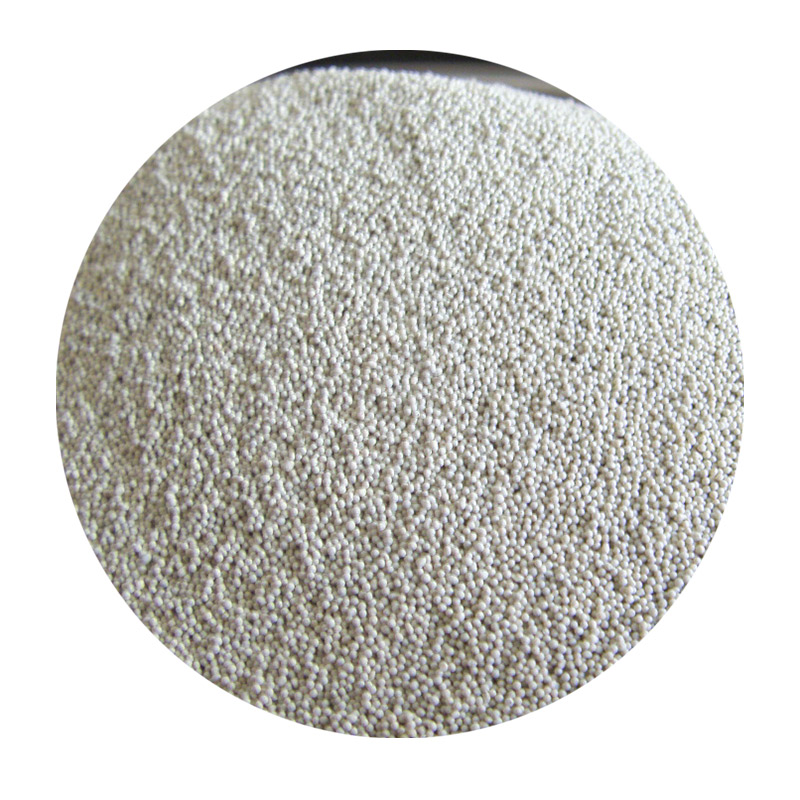The Role of Sand Type in Sand Casting
Sand casting is a widely used manufacturing process that utilizes the properties of sand to create molds for various metal components. The type of sand used in this process is crucial, as it affects the quality of the final product, the efficiency of the casting process, and the overall costs involved. Understanding the different types of sand used in sand casting and their respective characteristics is essential for anyone involved in manufacturing or metalworking.
1. Silica Sand The Standard Choice
The most common type of sand used in sand casting is silica sand, primarily composed of silicon dioxide (SiO2). Silica sand is favored for its high melting point, excellent thermal stability, and good flowability, which allows it to be easily shaped into molds. It can withstand the high temperatures produced during the metal pouring process without degrading, making it ideal for casting metals such as iron, steel, and aluminum.
Silica sand grains are angular, which helps them interlock more effectively than rounded grains. This interlocking characteristic provides strength and stability to the mold. However, silica dust can pose health risks to workers, leading to respiratory issues, so proper safety measures should be placed in the workplace.
2. Green Sand A Mixture of Materials
Another common type of sand used in the casting process is green sand. This is not a specific sand type, but rather a mixture of silica sand, clay, and water, which gives it its characteristic green color. The clay acts as a binder, ensuring that the sand grains stick together, while the moisture helps maintain the mold's shape.
Green sand is popular due to its recyclability and lower cost compared to other molding sands. It is used extensively in foundries for producing gray iron and ductile iron castings. The ability to reuse green sand multiple times further enhances its economic advantages. However, it requires careful moisture control and frequent checking to maintain optimal performance.
what type of sand is used for sand casting

3. Resin Sand Precision and Durability
Resin sand represents another evolution in sand casting technology, consisting of silica sand coated with a thermosetting resin. This combination provides enhanced precision and a significantly smoother surface finish compared to greensand or silica sand alone. As a result, resin sand is often chosen for applications where intricate designs and high dimensional accuracy are necessary.
The use of resin sand does come at a higher cost and requires additional curing processes. The curing can be activated by heat or chemical reactions, resulting in a strong and stable mold. While the initial investment is higher, the benefits of reduced post-casting finishing work and improved mold life can often make resin sand a worthwhile investment for specific projects.
4. Other Specialized Sands
In addition to the commonly used sands mentioned above, there are several other specialized sands that cater to specific applications. For instance, chromite sand is appreciated for its high thermal stability and is often employed in casting ferrous and non-ferrous metals. Zircon sand, with its exceptional melting point and low thermal expansion, is another specialized option for high-performance casting applications.
Conclusion
The choice of sand type in the sand casting process is a pivotal factor that influences the quality, cost, and efficiency of metal casting. Silica sand remains the standard due to its favorable properties, while green sand offers economic and ecological benefits. Resin sand, on the other hand, allows for high precision and superior finished surfaces. Understanding these different types of sand and their applications enables manufacturers to select the most suitable material for their specific casting needs, ultimately leading to better products and a more efficient production process.
Post time:ઓક્ટોબર . 21, 2024 19:38
Next:where to buy foundry sand
